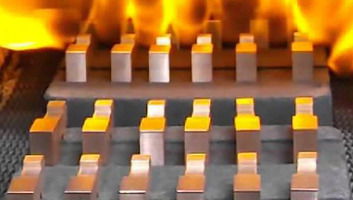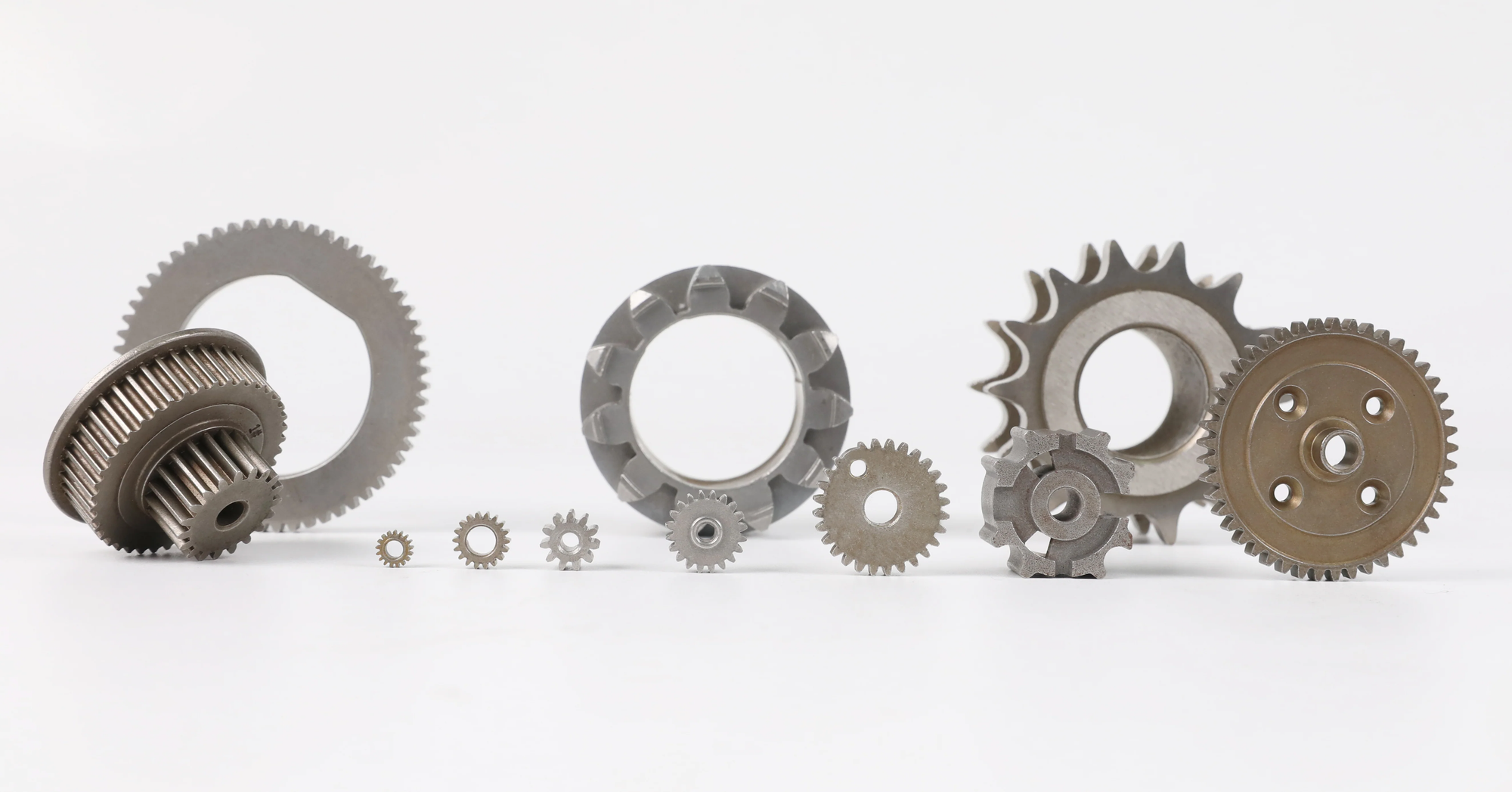Understand the MIM Sintering Process: Ensure High Quality in Metal Injection Molding
The MIM sintering phase is critical in terms of integrity, quality, and that necessary strength of any final part as produced by the MIM process, covering the furthest extent at which such parts might eventually be used, such as in the automotive and aerospace industries. Most critical of the process roles in the entire course of making complex, though high-precision, metal components are that of MIM Sintering Furnace, or MIM; that's stated here in what this blog is about: the importance of MIM Sintering, the criticality of the MIM Sintering Furnace, and, most of all, why high-class results are achieved.

The MIM Sintering Process: Step by Step
The general stages that the sintering process often undergoes in MIM are:
Debinding
Debinding is the principal process that removes the binder from the molded MIM Part while preparing it for sintering. It can involve either thermal or solvent methods so that there are no traces of binder material remaining within the part.
Heats in MIM Sintering Furnace
The debound part is then placed in an MIM sintering furnace. The furnace heats the part through preheating at a temperature below the melting point of the metal so that metal particles will start melting into each other. The furnace employs controlled atmospheres, such as hydrogen or vacuum, to avoid oxidation and further get the purity of the metal.
Sintering
At the target temperature, bonds are going to form among the particles in the metal powder. The merger takes place under heat as these particles grow into one another, and during that whole process, the part shrinks, achieving its final size. Besides, there is removal of any remaining porosity, thereby resulting in a dense and solid structure during the process of sintering.
Cooling
This is the slow cooling of the sintered part so that it does not develop thermal stresses that can result in cracking. This method does slow down the whole process of cooling that makes sure the end product would have the properties, strength, and toughness expected when used in practice.
After Sintering Treatment
The product can undergo additional post-sintering operations that include heat treatment after sintering, surface finishing, and machining to achieve the desired characteristics in the material.

Conclusion
Sintering metal powder into a fully dense functional part is an important process in the MIM workflow. To achieve success in the MIM Sintering Furnace, it requires an accurate and reliable furnace, since this is how a part will gain its required temperature, bond properly, and retain its form throughout the sintering cycle.
MIM sintering is complex and works with the functioning of a sintering furnace, thus guaranteeing very high and durable metal parts, which are used in different industries. Sintering technology is still wide and open for promising applications that will still be in the future in the prospect of MIM in industrialization for precision and efficiency with new innovation in making metal components.
